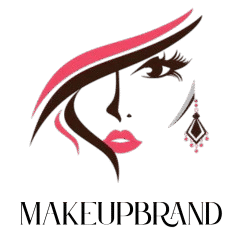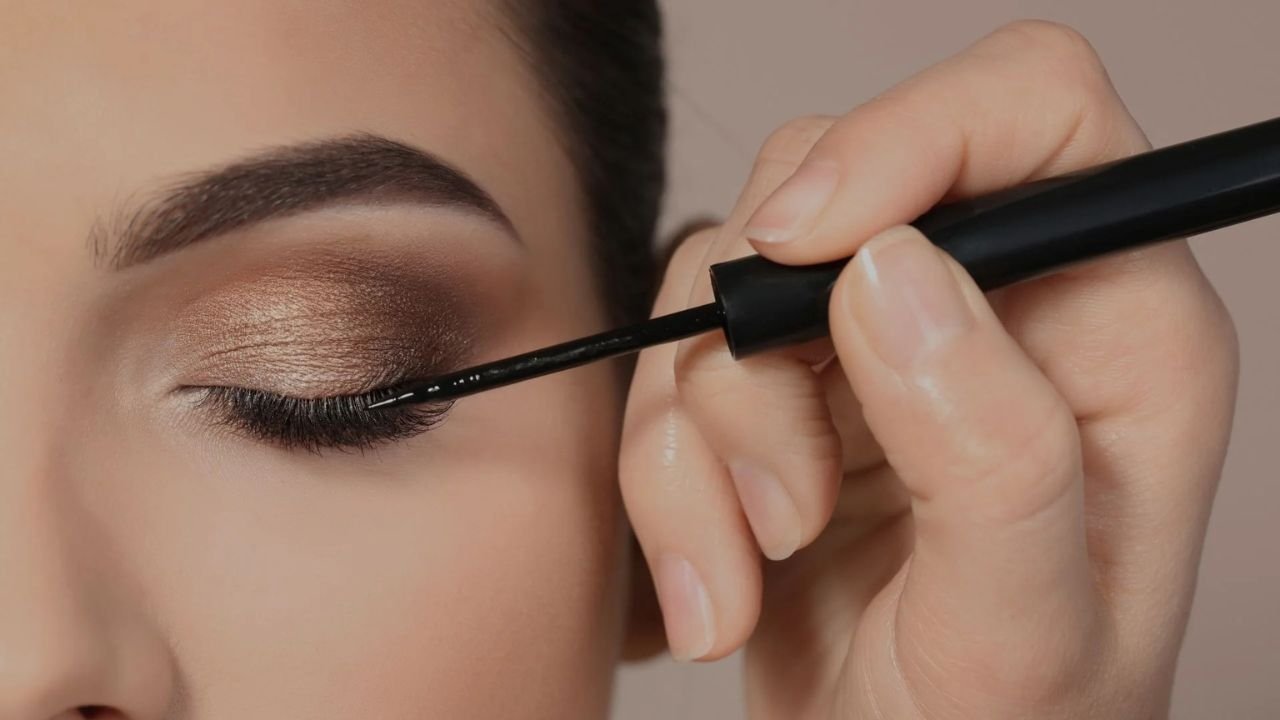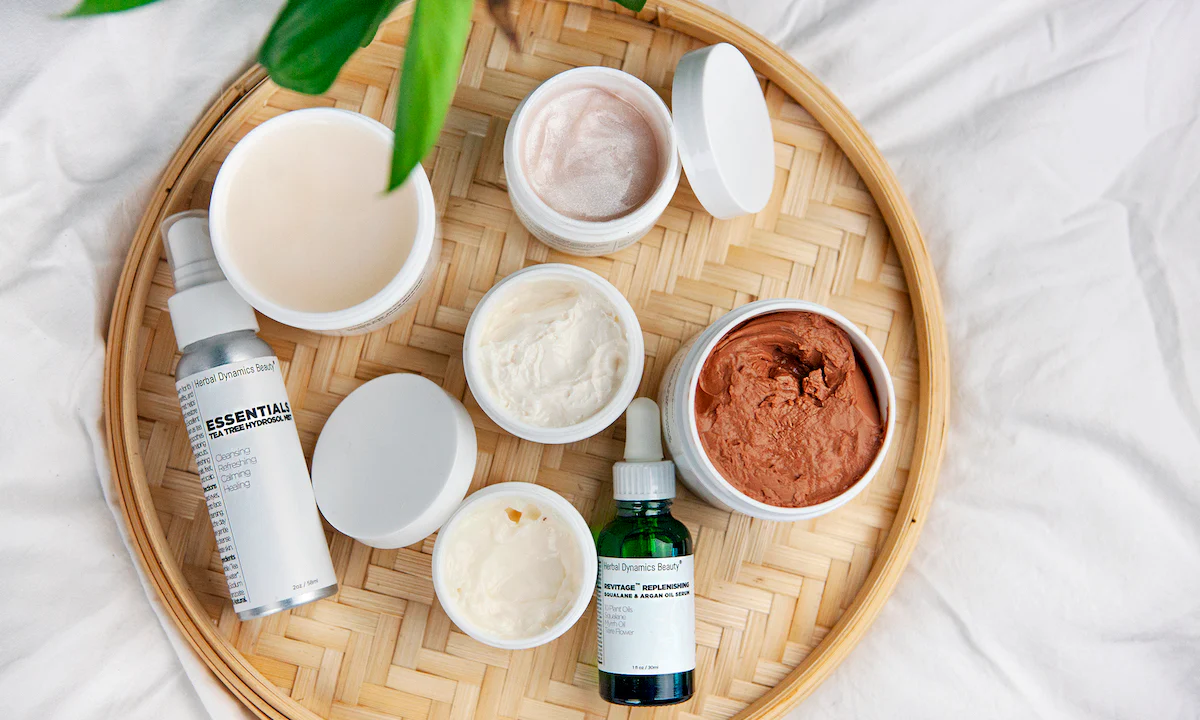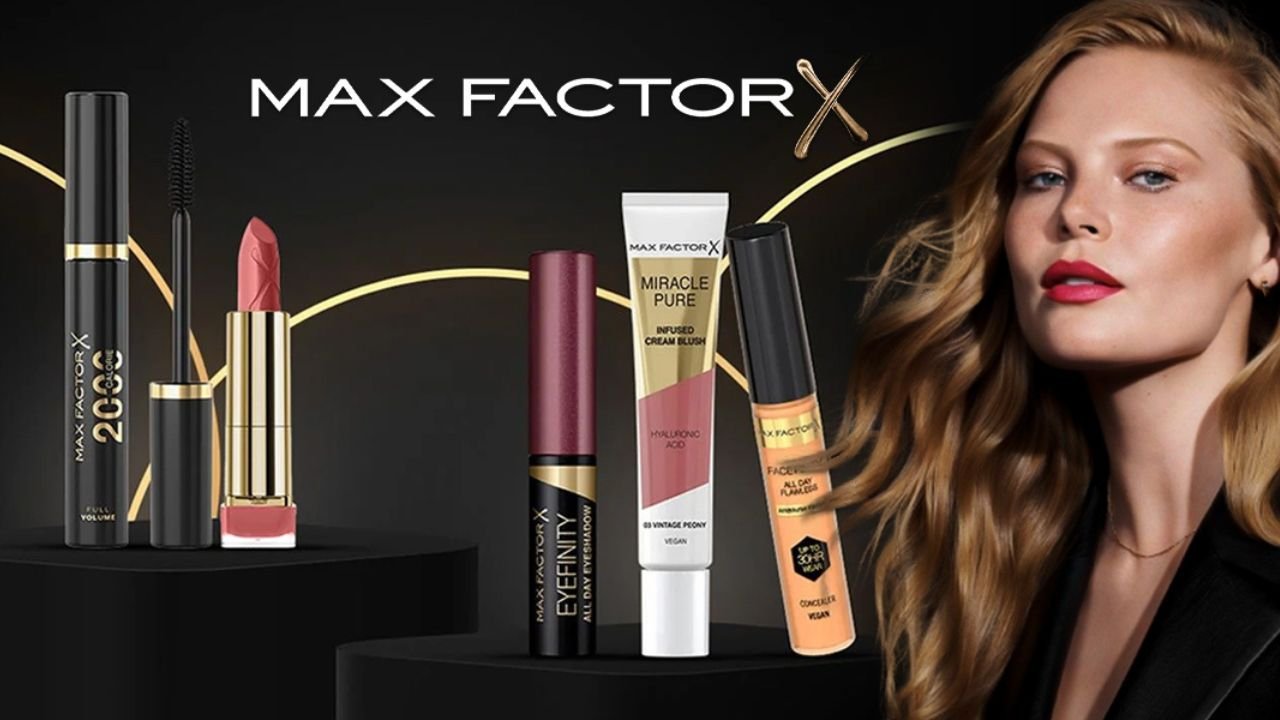Introduction
In the world of beauty and cosmetics, few accessories have had as profound an impact on enhancing personal appearance as false eyelashes. These small strips of synthetic, mink, silk, or other materials have transformed the way women and men approach makeup, offering an instant boost to the eyes’ allure, definition, and expressiveness. From their ancient origins to modern-day innovations, false eyelashes have become a staple in fashion, entertainment, and everyday beauty routines.
This comprehensive exploration delves into the history, types, application techniques, cultural significance, technological advancements, and future trends of false eyelashes. Whether you’re a beauty enthusiast, a professional makeup artist, or simply curious about this fascinating accessory, this guide will provide an extensive understanding of false eyelashes in all their facets.
1. The Historical Roots of False Eyelashes
Ancient Origins:
The desire to enhance the eyes dates back thousands of years. Archaeological evidence and historical texts reveal that ancient civilizations sought ways to accentuate their gaze.
- Ancient Egypt:
The earliest known use of eyelash enhancements can be traced to ancient Egypt around 3000 BCE. Egyptians used kohl and other mineral pigments to darken their eyelashes and eyelids, not only for beauty but also for protective reasons against the sun’s glare and to ward off evil spirits. They also used strips of materials like thin gold and silver to create eyelash adornments. - Ancient Rome and Greece:
In Roman and Greek societies, women used various oils, powders, and even false eyelashes made from human hair, feathers, or small animal hairs to deepen their eye appearance. - 19th and Early 20th Century:
The modern concept of false eyelashes began to take form in the late 1800s and early 1900s, with innovations in manufacturing and materials. During this period, eyelash enhancements were popularized in theater and early cinema to dramatize actors’ eyes.
Cultural Significance:
Throughout history, eye adornment has been a symbol of beauty, status, and cultural identity. The Egyptians’ use of kohl and eyelash extensions reflected spiritual beliefs, while in East Asia, decorative eyelash extensions and elaborate styles became part of traditional beauty practices.
2. Evolution of False Eyelashes in the Modern Era
The Birth of Modern False Eyelashes:
The first commercially available false eyelashes were introduced in the early 20th century. In 1919, a pioneering film makeup artist, Elsa Schiaparelli, and later, a Canadian inventor, created early versions of fake eyelashes to enhance the film stars’ eyes on the silver screen.
1950s and 1960s:
The Hollywood film industry popularized dramatic eyelashes with thick, long false lashes, often made from human hair or synthetic fibers. Actresses like Marilyn Monroe and Elizabeth Taylor set trends that emphasized bold, glamorous eyes.
1980s and 1990s:
The rise of pop culture and fashion led to increased experimentation with false eyelashes. The development of various styles, from natural to theatrical, allowed consumers to tailor their look for everyday wear or special occasions.
21st Century Innovations:
Technological advances brought about new materials, adhesive formulations, and application techniques. The advent of semi-permanent eyelash extensions, magnetic lashes, and customizable styles revolutionized the industry.
3. Types of False Eyelashes
False eyelashes can be categorized based on material, style, application method, and permanence. Understanding these types helps consumers select the most suitable options for their needs.
3.1 Material Types
- Synthetic Lashes:
Made from man-made fibers, these are the most affordable and widely available. They are often stiff and can sometimes appear less natural but are durable and come in a variety of styles. - Mink Lashes:
Made from real mink fur, these lashes are soft, lightweight, and offer a natural appearance. Mink lashes are reusable but require careful maintenance. - Silk Lashes:
A mid-range option, silk lashes are softer and more flexible than synthetic lashes, providing a more natural look while maintaining durability. - Human Hair Lashes:
Crafted from real human hair, these lashes blend seamlessly with natural lashes and are favored for their natural appearance. - Alternative Materials:
Some brands experiment with faux fox fur, horsehair, or biodegradable fibers to create eco-friendly options.
3.2 Style and Shape
- Natural:
Mimic the look of real eyelashes with subtle length and volume. Ideal for everyday wear. - Dramatic or Glamorous:
Longer, thicker, and more voluminous, perfect for stage performances, photoshoots, or special events. - Cat-Eye or Winged:
Flared outwards for a more elongated, feline look. - Full Strip vs. Individual Lashes:
- Full strips cover the entire lash line, offering an instant transformation.
- Individual lashes are small clusters or single hairs applied selectively for a customized look.
3.3 Application Types
- Strip Lashes:
The most common type, these are pre-made strips that are glued along the lash line. They come in various styles and lengths. - Cluster or Flared Lashes:
Small groups of lashes applied to specific areas for volume and fullness. - Magnetic Lashes:
Contain tiny magnets that hold the lash in place without glue, making application easier and less messy. - Semi-Permanent Extensions:
Professionally applied by lash technicians, these are individual synthetic or mink lashes glued to natural lashes for a semi-permanent effect lasting weeks.
4. Application Techniques and Tools
Proper application is essential for achieving a natural, comfortable, and long-lasting look. Here’s a step-by-step guide, along with essential tools:
4.1 Tools Needed
- Tweezers (precision or curved)
- Eyelash adhesive (glue)
- Eyeliner (optional, to hide lash band)
- Small scissors
- Lash applicator
- Magnetic applicator (for magnetic lashes)
- Primer (to clean natural lashes)
- Mascara (optional, for blending)
4.2 Step-by-Step Application
- Preparation:
- Clean your natural lashes and eyelids to remove oils and makeup.
- Measure the false lash strip against your natural lash line and trim excess if needed.
- Applying Adhesive:
- Apply a thin layer of lash glue to the band of the false lash.
- Wait about 15-30 seconds for the glue to become tacky.
- Placement:
- Using tweezers or a lash applicator, position the lash strip as close to your natural lash line as possible, starting from the inner corner.
- Adjustment:
- Use the applicator to press and secure the lash.
- Adjust placement if necessary before the glue sets.
- Finishing Touches:
- Apply eyeliner to conceal the lash band.
- Optionally, apply mascara to blend natural and false lashes.
- Removal:
- Gently peel off the lashes from the outer corner.
- Clean the lashes after use and store properly for reuse.
4.3 Tips for Success
- Practice makes perfect; patience and steady hands improve results.
- Use high-quality adhesive to prevent irritation and ensure longevity.
- For magnetic lashes, follow manufacturer instructions carefully.
- Avoid applying mascara directly on false lashes if they are intended for reuse, as it shortens lifespan.
5. Benefits of False Eyelashes
False eyelashes offer numerous advantages over natural lashes, including:
- Enhanced Appearance:
They add volume, length, and curl, making eyes appear larger and more expressive. - Time-Saving:
Instead of applying multiple coats of mascara or eyelash extensions, a good set of false lashes provides an immediate glamorous look. - Versatility:
Available in styles suitable for casual, professional, or dramatic occasions. - Customization:
Can be tailored to suit individual eye shapes and desired aesthetics. - Cost-Effective:
Compared to professional eyelash extensions, false lashes are affordable and reusable. - Temporary:
They can be removed easily, providing flexibility in looks and daily routines.
6. Common Misconceptions and Concerns
Despite their popularity, false eyelashes are often surrounded by misconceptions:
- Damage to Natural Lashes:
When applied and removed properly, false lashes do not harm natural lashes. However, improper removal or frequent use of harsh adhesives can cause breakage. - Allergic Reactions:
Some adhesives contain latex or formaldehyde, which may cause irritation. Hypoallergenic options are available. - Difficulty in Application:
While it may seem complicated initially, practice and proper tools make application easier over time. - Not Suitable for Sensitive Eyes:
People with sensitive eyes or contact lens wearers should choose gentle adhesives and consult ophthalmologists if needed.
7. Cultural Impact and Pop Culture
False eyelashes have played a significant role in fashion, celebrity culture, and runway shows:
- Hollywood Glamour:
Iconic stars like Marilyn Monroe, Elizabeth Taylor, and Audrey Hepburn popularized the use of dramatic lashes. - Fashion Trends:
The 2000s saw the rise of “falsies” in mainstream beauty routines, with brands marketing to everyday consumers. - Social Media and Influencers:
Platforms like Instagram and TikTok have propelled false eyelashes into the digital era, with tutorials, reviews, and innovative products gaining popularity. - Cultural Variations:
Different cultures embrace various styles—K-beauty trends favor natural and wispy lashes, while Middle Eastern beauty often emphasizes thick, voluminous looks.
8. Innovations and Future Trends
The beauty industry continues to innovate with new products and techniques:
- Magnetic Eyelashes:
Offering a no-glue alternative, magnetic lashes are gaining popularity for their ease of application. - Reusable and Eco-Friendly Materials:
Sustainability drives the development of biodegradable lashes and eco-conscious adhesives. - 3D and 4D Lashes:
Multi-layered lashes create a more voluminous, textured appearance. - Smart Lashes:
Emerging technologies may incorporate light, color-changing features, or even augmented reality elements. - Customization and Personalization:
Custom-made lashes tailored to individual eye shapes and preferences are becoming available through advanced manufacturing.
9. Caring for and Extending the Life of False Eyelashes
Proper maintenance ensures longevity and safe reuse:
- Cleaning:
Gently remove adhesive residue after each use using micellar water or specialized cleaners. - Storage:
Keep lashes in their original packaging or a dedicated case to maintain shape. - Handling:
Use tools like tweezers rather than fingers to prevent damage. - Replacement:
Replace lashes that become damaged or lose their shape.
10. Choosing the Right False Eyelashes for You
Factors to consider include:
- Eye Shape:
Different styles complement different eye shapes—round, almond, hooded, or monolid. - Occasion:
Natural for daily wear, dramatic for parties or photoshoots. - Comfort:
Lightweight, flexible bands enhance comfort. - Material Preference:
Sensitive eyes may prefer hypoallergenic, synthetic, or mink options. - Application Skill Level:
Beginners may opt for easier-to-apply magnetic or pre-glued strips.
Conclusion
False eyelashes have evolved from ancient eye adornments to sophisticated beauty accessories that empower individuals to express themselves and enhance their natural beauty. With a wide array of styles, materials, and application techniques, they cater to diverse preferences and occasions. As technology advances, the future of false eyelashes promises even greater innovation—combining beauty, comfort, and sustainability.
Whether you’re aiming for a subtle enhancement or a dramatic, show-stopping look, mastering the art of false eyelashes can elevate your makeup game and boost your confidence. Remember, the key lies in choosing the right type for your eye shape, skill level, and lifestyle, along with proper application and maintenance.
In embracing false eyelashes, you participate in a rich history of beauty innovation that spans millennia, blending artistry with science to create mesmerizing eyes that captivate and inspire.





